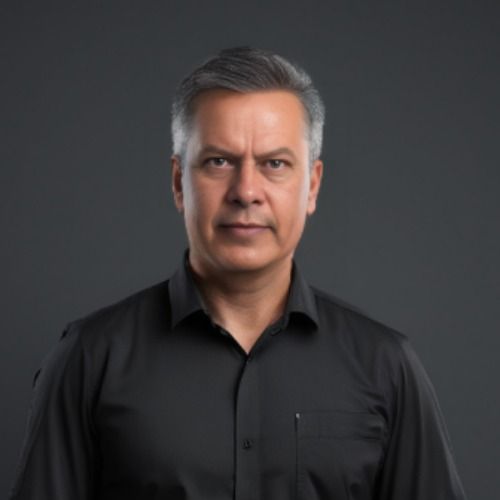Orthodontist Charles Daou can provide a comprehensive diagnosis to recommend the best treatment for you. He will use the best orthodontic technique that precisely matches your clinical case.
Orthodontics is a dental specialty that focuses on the diagnosis, treatment, and prevention of dental and facial irregularities.
Here’s an overview of the techniques used:
- Lingual braces (invisible)
- Orthodontic aligners (Invisalign)
- Traditional braces with brackets glued to the teeth (visible)
- Other devices designed to expand the jaws
Malocclusion, which is the misalignment between the upper and lower teeth, is treated by the orthodontist through the application and control of corrective devices. Orthodontics corrects the misalignment of teeth and jaws to improve chewing functionality and dental aesthetics.
However, orthodontic treatments are not exclusively for aesthetics or children: the positioning of teeth, jaw shape, and chewing habits can lead to the premature loss of one or more teeth. Additionally, treatments can help cure or prevent sleep apnea.
The treatment influences facial growth and moves teeth to a more favorable position. The orthodontist tailors the treatment plan to the patient using fixed appliances, which are small brackets glued to the teeth and connected by a wire that moves the teeth with gentle and constant pressure in the desired direction.
The successive replacement of these wires will bring your teeth to the ideal position. Removable orthopedic appliances can also be used, which focus on facial growth and prevent the worsening of skeletal problems until permanent teeth emerge.
Classic orthodontics, known as vestibular orthodontics, uses brackets glued to the visible surface of the teeth. Despite recent advancements, traditional orthodontics remains quite visible.
The aesthetic aspect of vestibular brackets may be unacceptable for some patients. In such cases, invisible lingual orthodontics is used.
The description was edited by the doctoranytime team, based on verified information.



